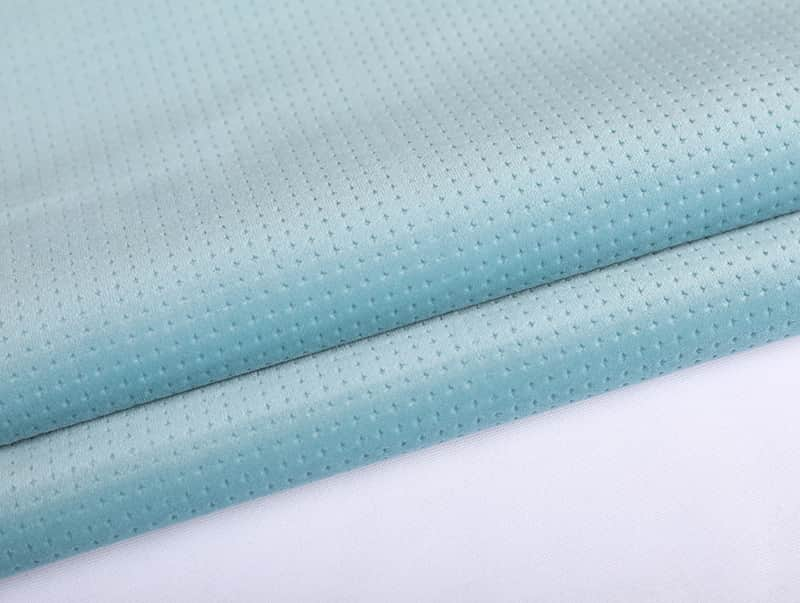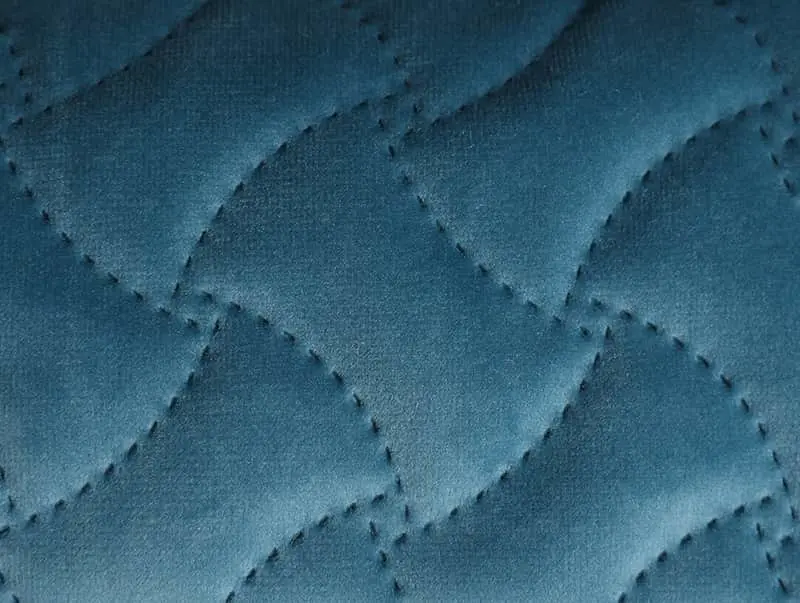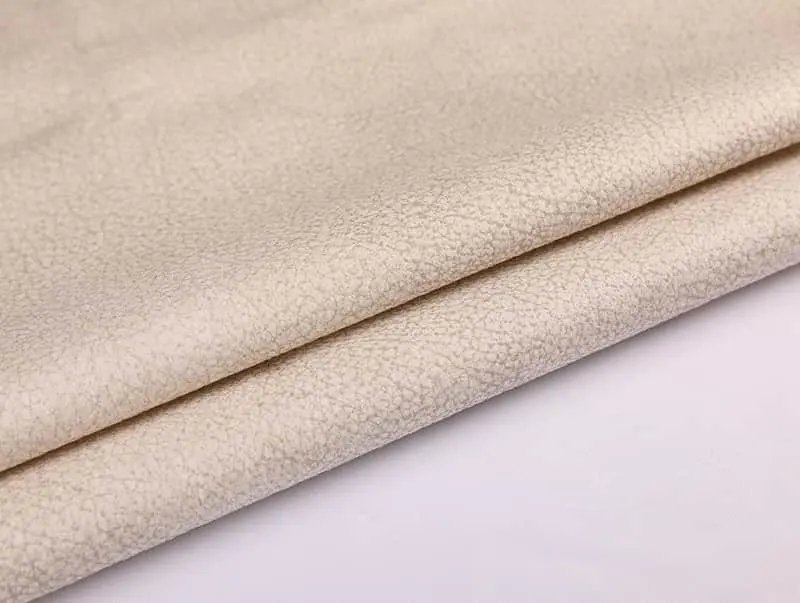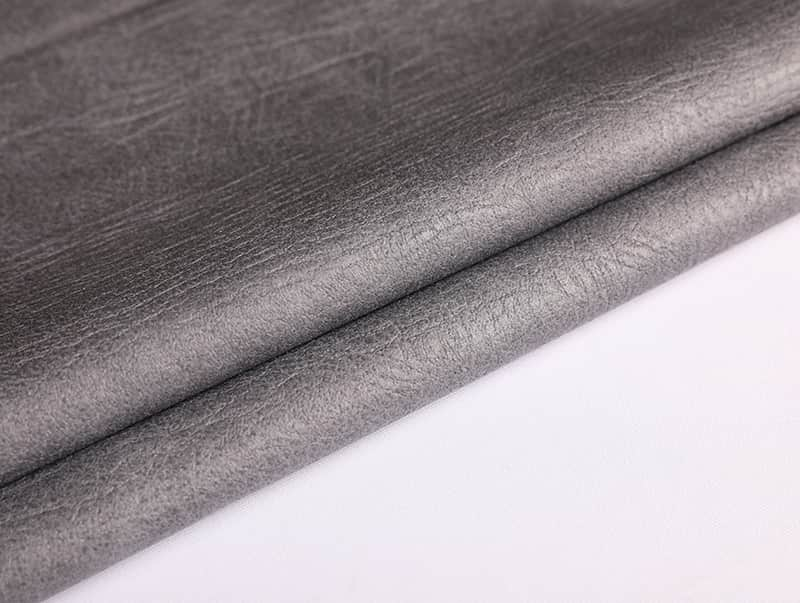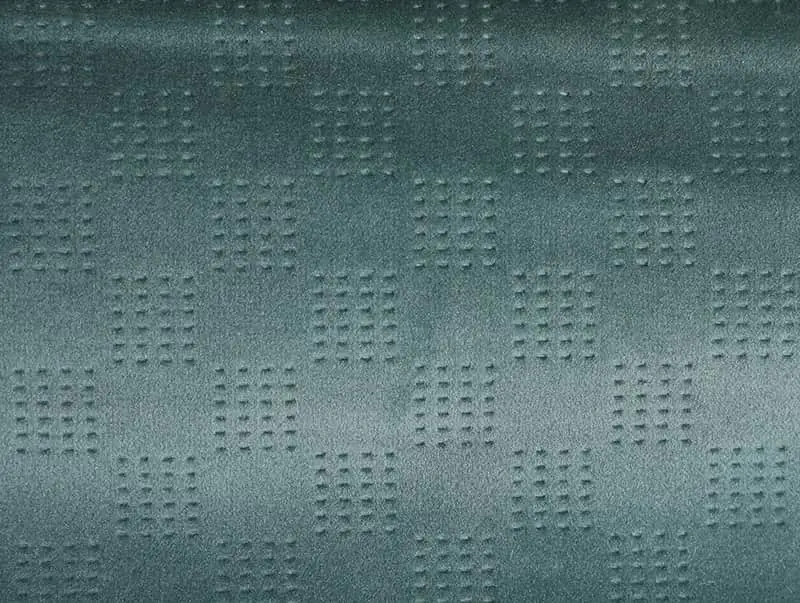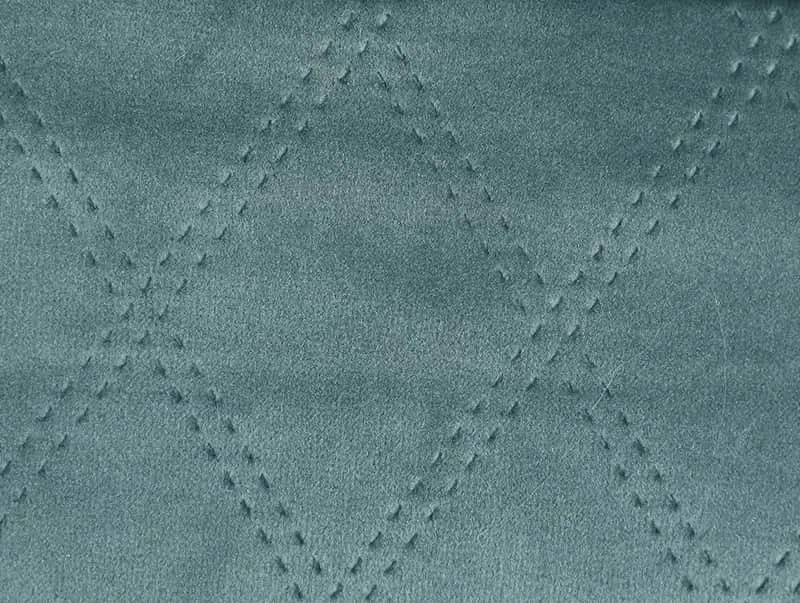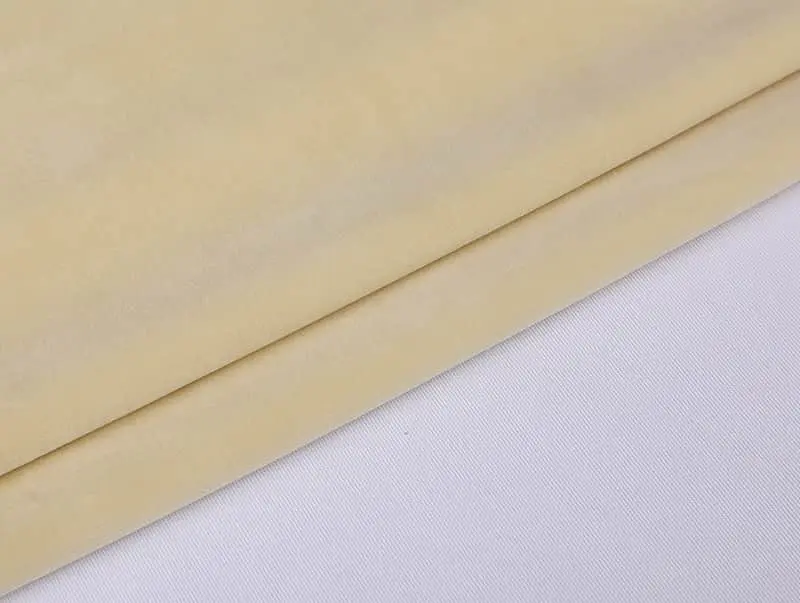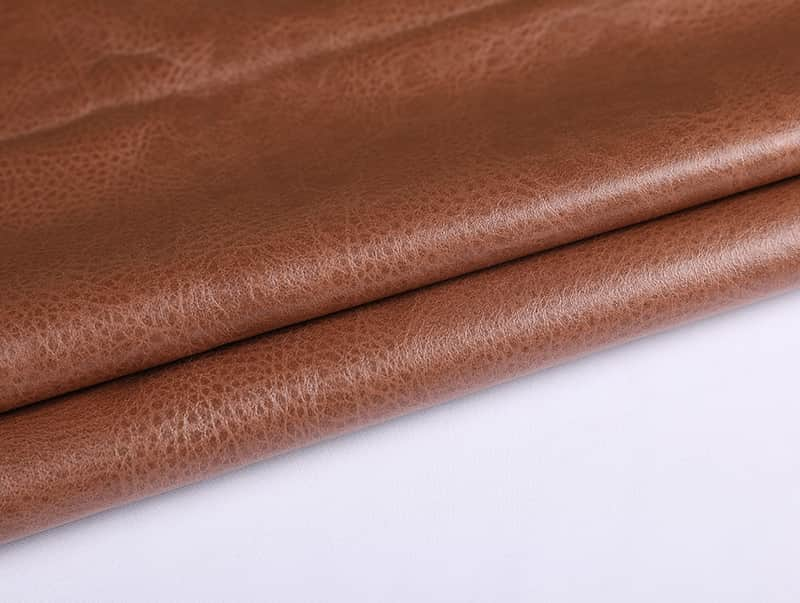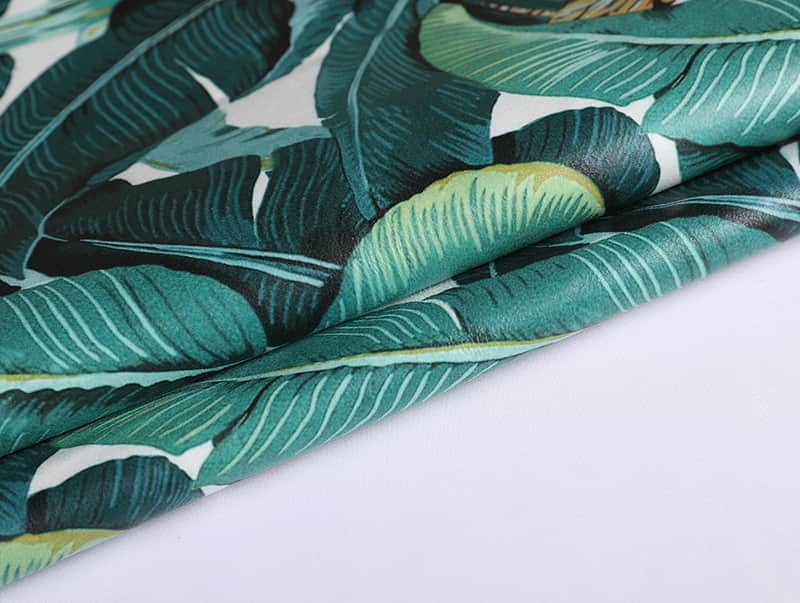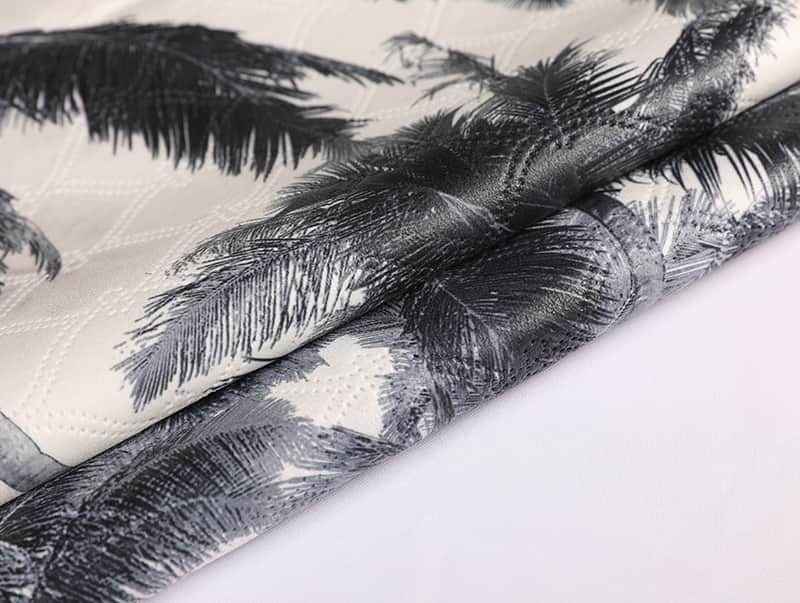Curtain velvet fabric can coordinate well with various types of fabrics in a design when approached thoughtfully. The key to successful coordination lies in considering factors such as color, texture, pattern, and the overall aesthetic of the design. Here are some considerations for how curtain velvet can complement other fabrics:
Color Harmony:
Ensure that the colors of the velvet curtains harmonize with the colors of other fabrics in the space. Consistent color themes create a cohesive and visually pleasing design.
Texture Variation:
Pair curtain velvet with fabrics that offer contrasting textures. For example, velvet's plush and smooth texture can be complemented by the rough texture of natural fibers or the sheen of silk.
Pattern Coordination:
If using patterned curtain velvet, consider coordinating it with solid or subtly patterned fabrics in the room. Avoid overwhelming the space with too many competing patterns.
Contrast and Balance:
Create a balanced look by combining curtain velvet with fabrics that provide contrast. For instance, if the velvet is rich and heavy, balance it with lighter and airier fabrics.
Fabric Weight and Drape:
Pay attention to the weight and drape of different fabrics. Velvet tends to have a luxurious and heavy drape, so pairing it with lighter fabrics can add dimension and movement to the overall design.
Consistent Theme:
Stick to a consistent theme or style across fabrics. Whether it's a specific design era, a color palette, or a theme inspired by nature, a cohesive theme ties the different fabrics together.
Layering and Mixing:
Experiment with layering and mixing different fabrics. This can involve using velvet curtains alongside sheers, linens, or other materials to create visual interest.
Neutral Anchors:
Use neutral fabrics as anchors in the design. Neutral tones can help balance the richness of velvet and allow it to stand out without overwhelming the space.
Consider the Room's Function:
Consider the function of the room and choose fabrics accordingly. For example, in a formal living room, heavy velvet curtains may work well, while a casual space might benefit from lighter fabrics.
Scale and Proportion:
Consider the scale and proportion of patterns and textures. If the velvet has a large-scale pattern, pair it with smaller-scale patterns or solids to maintain balance.
Unifying Elements:
Introduce unifying elements across fabrics, such as shared colors or motifs. This creates a cohesive look and ties different fabrics together seamlessly.
Test Swatches:
Before committing to a full design, create test swatches or sample arrangements to see how different fabrics interact. This allows you to visualize the coordination in the actual space.
Personal Style and Preferences:
Take into account personal style preferences. The coordination should reflect the taste and preferences of the individual or client, ensuring a space that feels comfortable and inviting.

